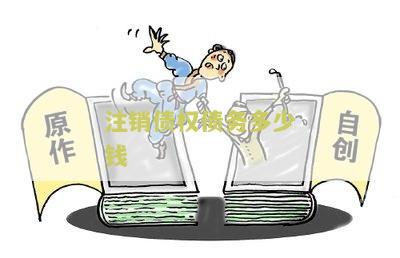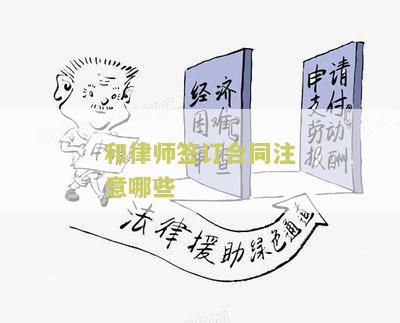虚增债务案例及分析报告
1. Case: Enron's Accounting Scandal and Debt Inflation

The Enron scandal, which unfolded in the early 2000s, provides a significant example of how debt inflation can be utilized to perpetrate financial fraud. Enron, a Texas-based energy company, used innovative and complex accounting techniques to create the earance of profitability and financial health. These techniques involved inflating their debt levels to raise capital and deceive investors and stakeholders.
Enron employed Special Purpose Entities (SPEs), which were off-balance sheet entities created to hold the company's debt. By keeping their debt off the balance sheet, Enron was able to present a more favorable financial position to investors and creditors. Enron's debt levels were artificially increased to enhance the company's credit worthiness and attract investors.
Enron's debt inflation was accomplished through various manipulative tactics. Firstly, the company engaged in round-trip trading, where electricity trades were conducted between two Enron subsidiaries to create the illusion of revenue generation. In reality, these trades resulted in no economic benefit and were solely aimed at inflating Enron's revenues and subsequently its debt capacity.
In addition, Enron engaged in mark-to-market accounting, where they estimated the present value of future revenue streams and treated them as current income. This technique allowed Enron to inflate their revenues, which in turn increased their borrowing capacity. Debt was used as a tool to maintain the illusion of financial strength and to continue to attract investors.
The consequences of Enron's debt inflation were detrimental. When the fraudulent activities were eventually uncovered, Enron filed for bankruptcy, resulting in massive financial losses for investors and employees. The scandal led to the dissolution of Arthur Andersen, one of the world's largest accounting firms, and sparked significant regulatory reforms in the corporate governance and auditing sectors.
2. Analysis:
Enron's case illustrates the dangers of debt inflation and its impact on various stakeholders. On one hand, debt inflation can mislead investors and creditors into making poor financial decisions based on manipulated financial statements. The artificial boost in debt levels can give the illusion of stability and profitability, attracting investments that would otherwise not be made.
However, as Enron's case demonstrates, debt inflation is unsustainable in the long run. Eventually, the truth behind the inflated debt levels will be exposed, leading to severe consequences for the company and its stakeholders. The collapse of Enron resulted in significant loss of shareholder value, employee layoffs, and tarnished the reputation of key individuals involved.
This case highlights the importance of robust corporate governance, transparency, and effective regulation in preventing and detecting fraudulent practices such as debt inflation. It also emphasizes the need for investors and creditors to conduct thorough due diligence and independent analysis to verify the accuracy and reliability of a company's financial statements.
In conclusion, the Enron scandal serves as a stark reminder of the devastating effects of debt inflation and financial fraud. It underscores the importance of ethical conduct, accountability, and transparency in the business world. Continued efforts in strengthening corporate governance and regulatory oversight are essential in mitigating the risks associated with debt inflation and ensuring the integrity of financial reports.
精彩评论
◎欢迎参与讨论,请在这里发表您的看法、交流您的观点。
 文卓
文卓






最新评论